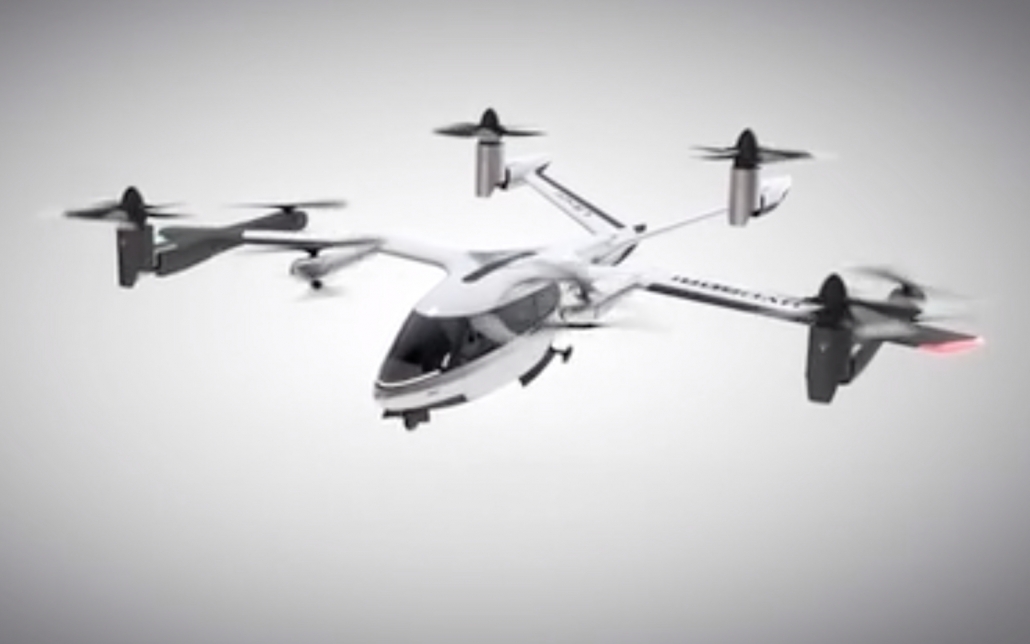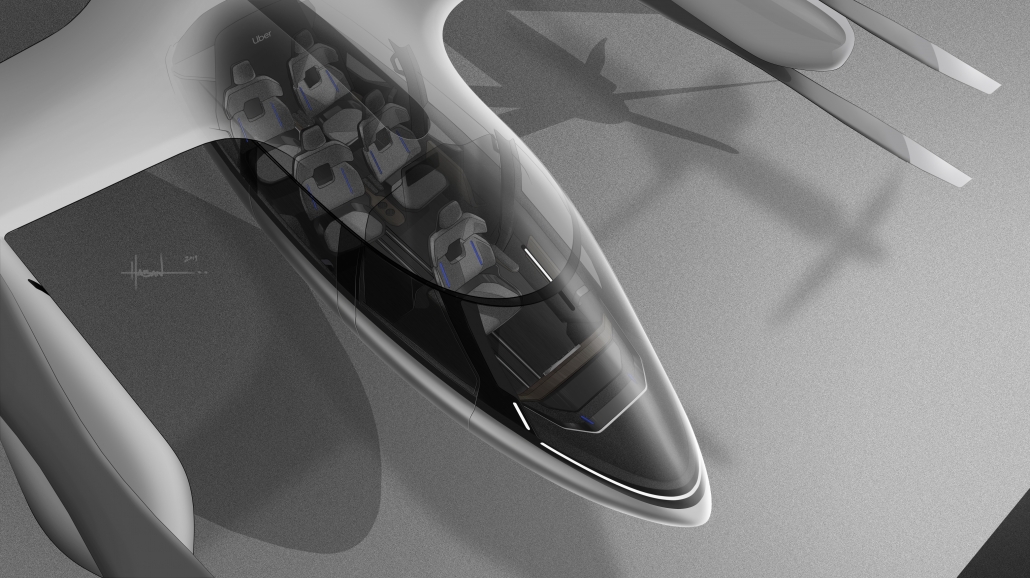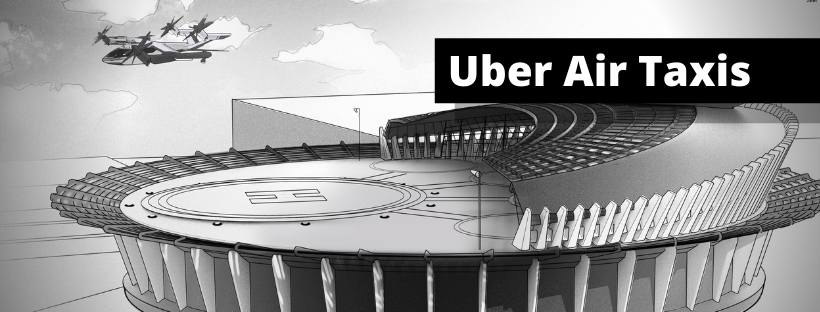Uber partnership with Hyundai takes off
Uber and Hyundai Motor Company have announced a new partnership to develop Uber Air Taxis for a future aerial ride share network and unveiled a new full-scale aircraft concept at the Consumer Electronics Show (CES).
Hyundai is the first automotive company to join the Uber Elevate initiative, bringing automotive-scale manufacturing capability and a track record of mass-producing electric vehicles. The air vehicle concept Hyundai released was created in part through Uber’s open design process, a NASA-inspired approach that jump-starts innovation by publicly releasing vehicle design concepts so any company can use them to innovate their air taxi models and engineering technologies.
In this partnership, Hyundai will produce and deploy the air vehicles, and Uber will provide airspace support services, connections to ground transportation, and customer interfaces through an aerial ride share network. Both parties are collaborating on infrastructure concepts to support take-off and landing for this new class of vehicles.
Jaiwon Shin, Executive Vice President and Head of Hyundai’s Urban Air Mobility (UAM) Division said:
Our vision of Urban Air Mobility will transform the concept of urban transportation. We expect UAM to vitalise urban communities and provide more quality time to people. We are confident that Uber Elevate is the right partner to make this innovative product readily available to as many customers as possible.

Eric Allison, Head of Uber Elevate said:
Hyundai is our first vehicle partner with experience of manufacturing passenger cars on a global scale. We believe Hyundai has the potential to build Uber Air vehicles at rates unseen in the current aerospace industry, producing high quality, reliable aircraft at high volumes to drive down passenger costs per trip. Combining Hyundai’s manufacturing muscle with Uber’s technology platform represents a giant leap forward for launching a vibrant air taxi network in the coming years.
Hyundai worked with Uber Elevate to develop a PAV (Personal Air Vehicle) model, S-A1, that utilises innovative design processes to optimise electric vertical take-off and landing (eVTOL) aircraft for aerial ridesharing purposes. The Elevate initiative based this process on NASA’s historical approach of putting design concepts out publicly to inspire innovation amongst multiple companies, spurring the development of common research models to investigate novel aerodynamic concepts and catalysing industry progress in wing design, noise, aerodynamics, and simulation verification.

As a result, Hyundai’s S-A1 model unveiled at CES reflects previous eVTOL designs Uber Elevate has released in the following ways:
- It is designed for a cruising speed up to 180 mph (290 kmph), a cruising altitude of around 1,000-2,000 feet (300 – 600m) above ground, and to fly trips up to 60 mile (100km).
- The Hyundai vehicle will be 100% electric and, during peak hours, will require about five to seven minutes for recharging.
- Hyundai’s electric aircraft utilises distributed electric propulsion, powering multiple rotors and propellers around the airframe to increase safety by decreasing any single point of failure. Having several, smaller rotors also reduces noise relative to large rotor helicopters.
- The model is designed to take off vertically, transition to wing-borne lift in cruise, and then transition back to vertical flight to land.
- The Hyundai vehicle will be piloted initially, but over time they will become autonomous.
- The cabin is designed with four passenger seats, allowing riders to board/disembark easily and avoid the “dreaded” middle seat with enough space for a personal bag or backpack.

Paul Baker, Sales Director of Global Travel Management said:
This is an exciting, new partnership between two of the biggest names in their industries. Uber has the experience knowledge of personal, on-demand transport and Hyundai’s long-term development of electric vehicles marks them out as an expert partner for this project.
It may be a few years before electric vertical take off and landing, on-demand, ridesharing becomes commonplace, but we will be watching developments closely.
Contact your GTM Account Manager, next time you need to ensure you have a ride to or from airports or hotels.







